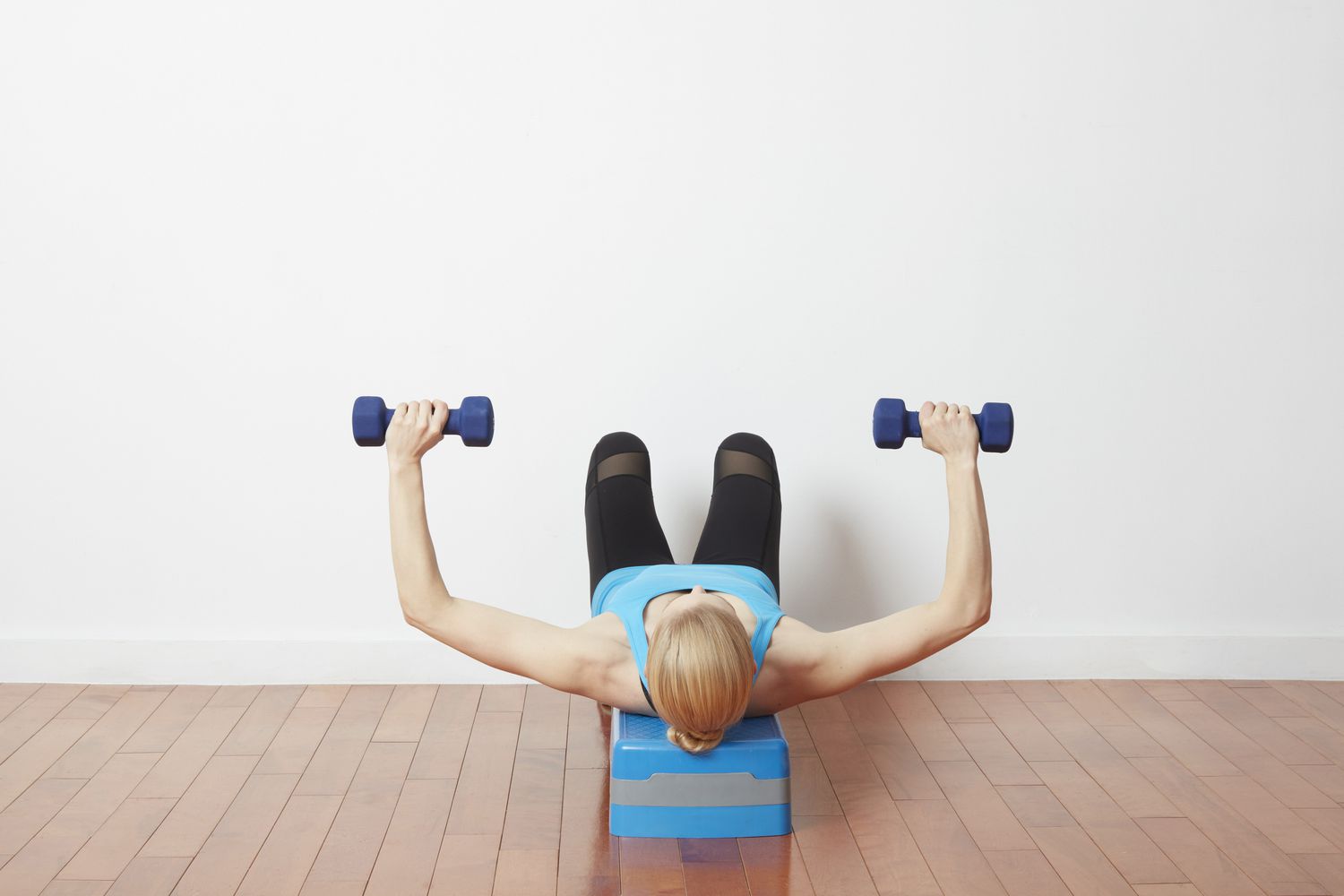Crafting a Secure Exercise Zone
In pursuit of a fitter self, the allure of home workouts is undeniable. Yet, nestled within this convenience is an element of risk, particularly when you find yourself solitary in your exercise endeavors. The specter of muscle strains, potential falls, and injuries can cast a shadow over your wellness journey. This reality was starkly evident during the pandemic’s onset, when the need for at-home workouts soared, but so did exercise-related injuries. Emergency room visits due to exercise injuries surged by approximately 50% compared to the preceding year, as per estimates from insurance companies.
The Triad of Safeguarding: 3 Key Strategies
Shouldering the responsibility for your well-being demands strategic planning. As you embark on your home workout escapades, consider these three pivotal strategies to enhance your safety quotient.
1. The Birth of a Secure Workout Domain
Your exercise environment is the cornerstone of your safety. Illumination to thwart tumbles, ventilation to invigorate the air, and a temperate atmosphere to stave off overheating or dehydration are the initial prerequisites. If humidity clouds your space, a dehumidifier (a modest investment starting at $30) can usher in drier air, ensuring a conducive workout setting.
A floor that is level and spacious enough to facilitate fluid movement is imperative. Janice McGrail, a distinguished physical therapist from Harvard-affiliated Spaulding Rehabilitation Hospital, emphasizes the importance of ample room. Your workout space should allow you to extend your arms unencumbered, even while standing, and stretch out your entire body when executing floor exercises. The avoidance of obstacles such as throwing rugs and clutter, along with the removal of furniture with sharp edges, completes the safety equation.
2. Outfitting Your Space for Optimal Safety
Elevate your safety measures through strategic equipment choices. The essentials include:
- A Reflective Mirror: Keeping your form in check is pivotal to preventing muscle strains and sprains. A full-length mirror (an affordable find at around $10 in major retail stores) is your answer. Anchoring the mirror securely to the wall is paramount.
- Exercise Mat: Cushioning your joints is crucial, and an interlocking set of exercise foam floor tiles (starting at $25) provides the perfect buffer against the rigidity of the floor. Opt for a nonslip version that offers about half an inch of cushioning. Note that thick carpets are not conducive to safe workouts due to the risk of tripping.
- Supportive Footwear: While comfort is paramount, your regular sneakers might not be the best choice for exercise. Prioritize snugness around your midfoot and heel, roominess in the toe area, substantial support, and moderate cushioning in the sole. Footwear that meets these criteria is pivotal in averting potential falls.
- Hydration Hero: A water bottle within arm’s reach ensures hydration between exercises, safeguarding against dehydration.
- Smart Companion: If your solitary workouts give rise to safety concerns, consider incorporating a smart speaker (starting at around $30) to call for assistance in case of emergencies. This option requires a robust Wi-Fi signal.
- Carbon Monoxide Vigilance: If your workout space shares quarters with vehicles in a garage, consider installing a carbon monoxide monitor (starting at about $20) to detect this potentially lethal gas.
3. Embarking on Prudent Workout Practices
Arm yourself with a proactive mindset, be mindful of exercise risks, and ingrain safe practices into your routine. Just as you instinctively fasten your seatbelt while driving, incorporating these habits should become second nature:
- Medical Green Light: Prior to embarking on a workout regimen, secure your physician’s approval, especially if you’ve had a sedentary spell or grapple with chronic conditions like heart disease. Gradually escalate the intensity after beginning with a simpler routine.
- Prioritize Pre-Workout Warm-Up: Guard against strained muscles by dedicating 5 to 10 minutes to warm-up exercises. This preparatory ritual, encompassing activities like arm movements and stationary marching, prepares your body for the workout’s demands.
- Embrace Progress, Not Pressure: Achieving a balance is key; your exercise routine should challenge you, fostering fatigue without inciting sharp pain. Muscle soreness post-workout is acceptable but should dissipate within a day. Lingering soreness signals overexertion; recalibrate with lighter weights or fewer repetitions next time.
- Weights in Safe Hands: Proper grip during weight exercises is vital. For stability, clasp weights, even lighter ones, around their midsection. When lifting substantial weights from the floor, maintain proper posture, bend your knees, and rely on your legs instead of your back.
- Treadmills with Tact: Treadmill-related accidents loom as a real threat to safety. Safeguard yourself by avoiding excessive speed or incline settings. Gradually introduce difficulty increments and utilize treadmill safety features, such as a tether to stop the machine if you stumble. Unplugging the treadmill after use is an added precaution against child accidents.
Cultivating a Resilient Workout Regimen
As you embark on your journey towards a healthier you within the comfort of your home, these strategies stand as sentinels of safety. The arts of crafting a secure exercise domain, curating safety-enhancing equipment, and nurturing mindful workout practices together weave a tapestry of protection against potential injuries. Your commitment to these precautions underscores the fusion of dedication and wisdom, ensuring that your pursuit of fitness is not marred by setbacks. So, step onto your exercise mat with confidence, knowing that a fortress of safety surrounds you, enabling you to harness the power of home workouts with optimal security and vitality.
